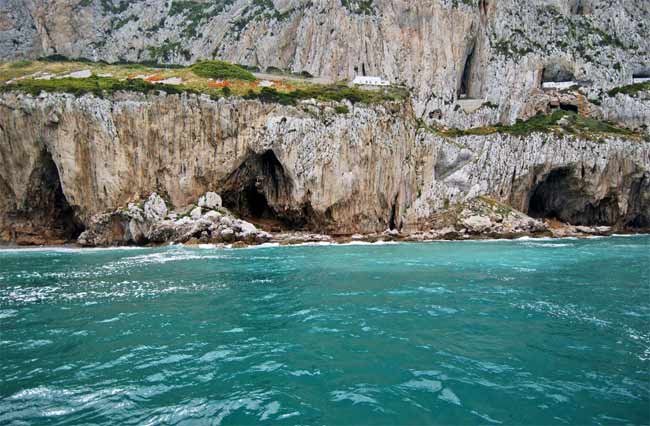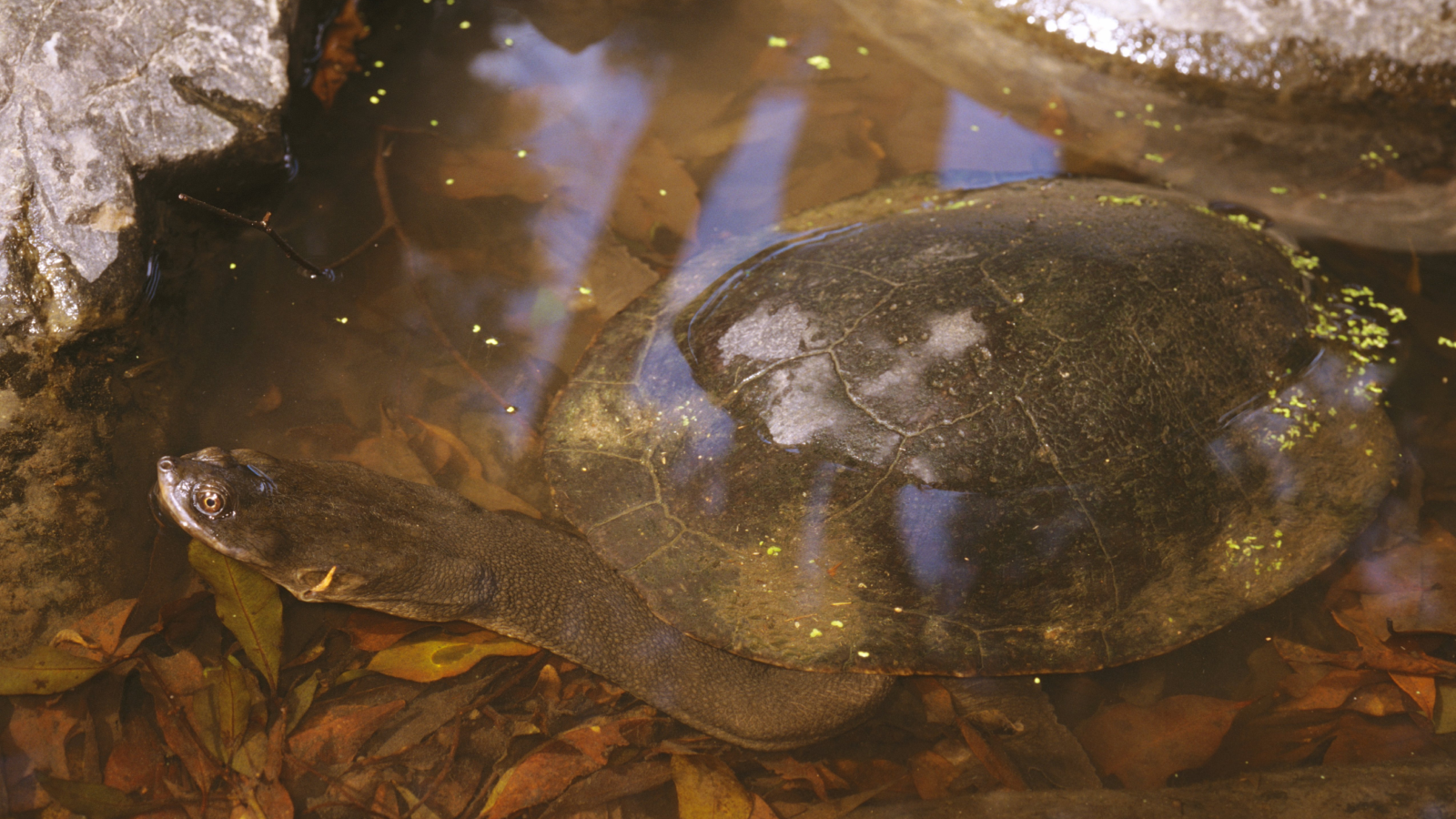Neanderthals Ate Seals and Dolphins

The diet of prehistoric Neanderthals living in caves on the Rock of Gibraltar included seals and dolphins, showing once again that the hominids had skills rivaling those modern humans living then, according to a new study.
The discovery of seal, dolphin and fish remains in the caves dating from 60,000 to 30,000 years ago provides the first evidence that Neanderthals ate sea mammals as well as land grub.
Archaeologists found the mammals' remains among Neanderthal hearth sites in Vanguard and Gorham’s Caves on the Rock of Gibraltar. The bones of some of the animals have cut marks that were likely made by Neanderthals using flint knives, also found on site, to cut the meat off.
Until now, scientists have wondered if Neanderthals had the ability to catch large sea mammals, which could have been more difficult to hunt than land animals. The direct ancestors of modern humans living around the same time were known to have eaten seafood, and some scientists thought this skill demonstrated their superiority over Neanderthals.
"Deep down there is this idea that modern humans are cognitively superior and therefore able to outcompete Neanderthals," said researcher Clive Finlayson, director of the Heritage Division at the Gibraltar Museum. "I suppose we've thrown a bit of a spanner in the works by showing that Neanderthals were doing exactly the same thing."
The researchers can't be sure how the ancient Neanderthals hunted their seafood, but suggest that perhaps Neanderthals used clubs to kill seals that came close to the beach to have their pups. This skill might have involved knowledge of the seasons, and prediction of seal birthing time. And maybe they snatched dolphins that swam too close to shore, or got stranded on the beach.
The fact that the sea mammal remains found in the caves date from several different time periods spread over about 30,000 years demonstrates that seafood eating wasn't just a fluke event, but a practiced and repeated behavior, Finlayson said. And there's no reason to think it wasn't happening all along the coasts of Portugal and Spain where Neanderthals were living at the time.
Get the world’s most fascinating discoveries delivered straight to your inbox.
"Our preliminary findings would suggest that in some cases it may have been a significant component of the mammals they were taking," Finlayson told LiveScience. "I would find it hard to believe it's just peculiar to this site. Perhaps this study prompts others to go and look for it."
Modern humans and Neanderthals both lived in Europe for a common stretch of 10,000 to 20,000 years. However, the two species did not overlap in Gibraltar and nearby regions: Modern humans appeared in the area about 3,000 to 4,000 years after the last Neanderthals were there. The marine mammal discovery suggests that Neanderthals and modern humans were a lot more alike than once thought.
"To me it's not surprising because I've been advocating for many years that I feel that they've been misunderstood as strict carnivores," Finlayson said. "It's exactly what I would expect in an environment where you have a range of resources, that they would try to tap them all. We've been suggesting they were as intelligent as modern humans with similar behaviors."
The researchers detail their findings in the Sept. 23 issue of the journal Proceedings of the National Academy of Sciences.
- Modern Humans' Edge Over Neanderthals Narrows
- Top 10 Missing Links
- Tooth Scan Reveals Neanderthals Traveled More than Thought



